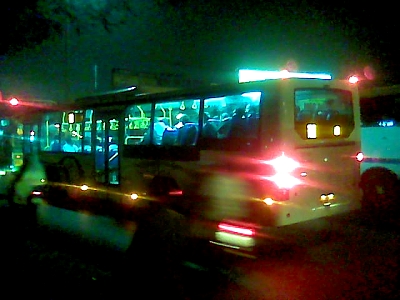Climate change as a subject of dinner conversation is sure to put off most people. Something like the fortunes of political actors is so much more alive and exciting than the impact of carbon dioxide, methane and so on on temperature, rainfall patterns and agriculture.
But as Amartya Sen explains in the Human Development Report 2007/2008 released by the UNDP, development and freedom of humans cannot be divorced from ecological and environmental concerns. His essay titled “climate policy as human development” may prove a tough nut for most of our politicians, who function from a very low base of intellectual rigour and have somehow found matters of detail on the environment uninteresting.
But they can learn the basics from New York Mayor Michael Bloomberg’s own contribution to the UNDP report. Mayor Bloomberg tells elected representatives that they can no longer set distant goals and put off short term decisions that will influence the course of climate change.
To give an idea of what he is talking about, one must look at the transport solutions that New York is putting in place, such as the “clean air hybrid electric buses” that make up a big part of the Big Apple’s fleet, the plan to replace hundreds of Yellow Cabs with clean-fuel vehicles and above all, as this blog has recorded in the past, the congestion charging plan that will provide so much more money to run public buses and subway trains.
Of course, the agenda is not merely about transport. As Sen points out, it is as fundamental as the quality of air we breathe, the water we drink and the disease-free environment in which we wish to live.
Although India today has an Oxbridge/Harvard-educated leadership (starting with Prime Minister Manmohan Singh) capable of adopting the right policies for economic development without the ghastly depreciation for environmental degradation seen elsewhere, it is an agonisingly slow process.
It is relevant to point out that globalisation and environmental concerns form the core of an interesting discussion on the Financial Times website, in which well-known economists such as Joseph Stiglitz, Lawrence Summers and Jagdish Bhagwati are participating. That conversation can be followed here.



